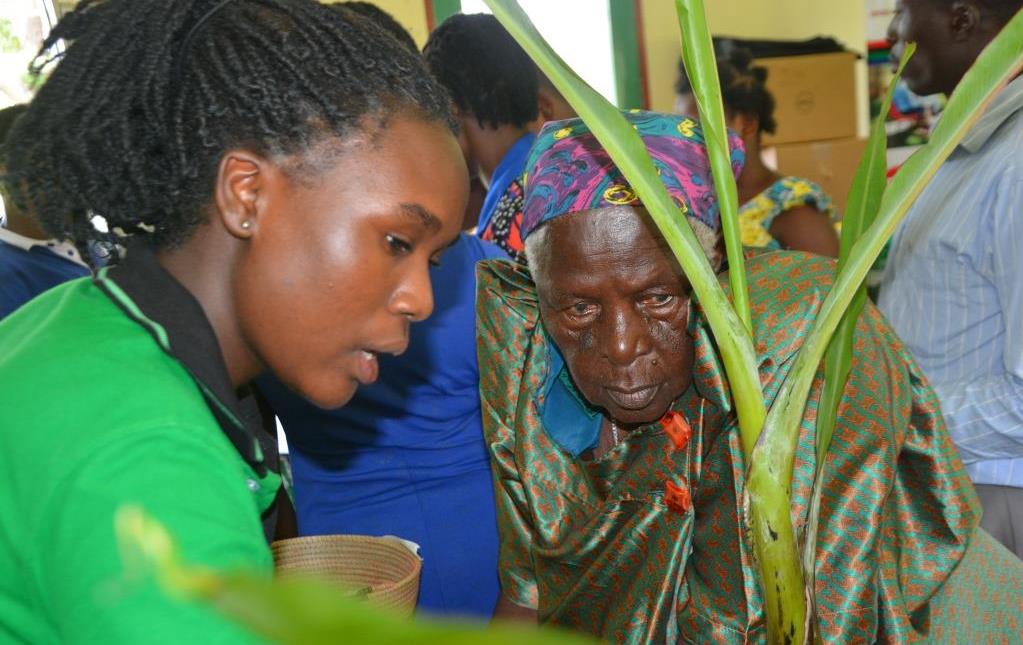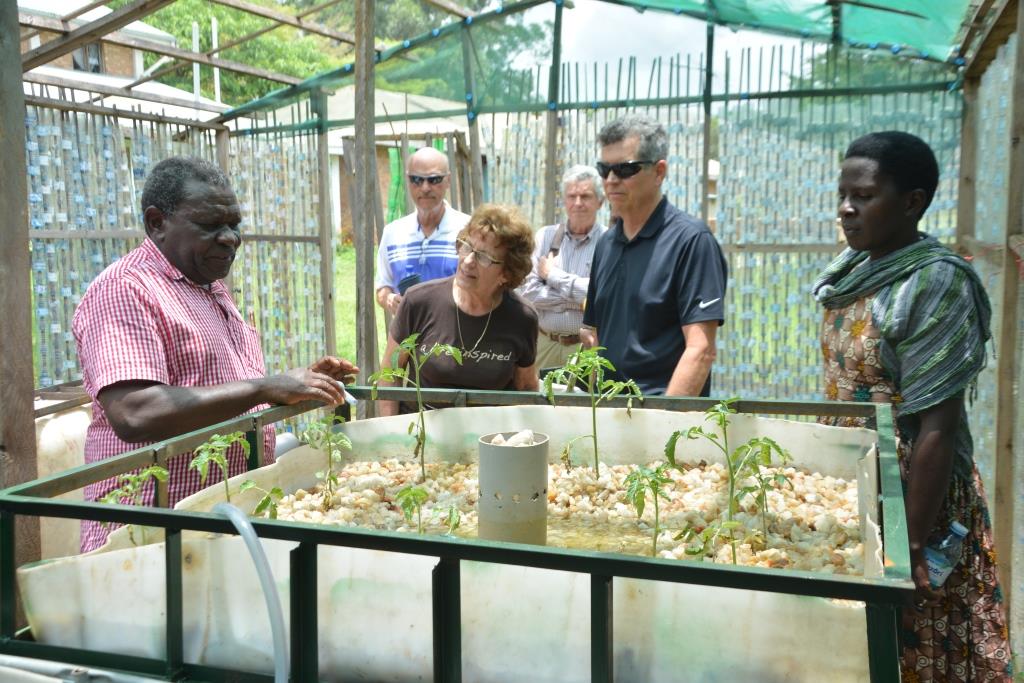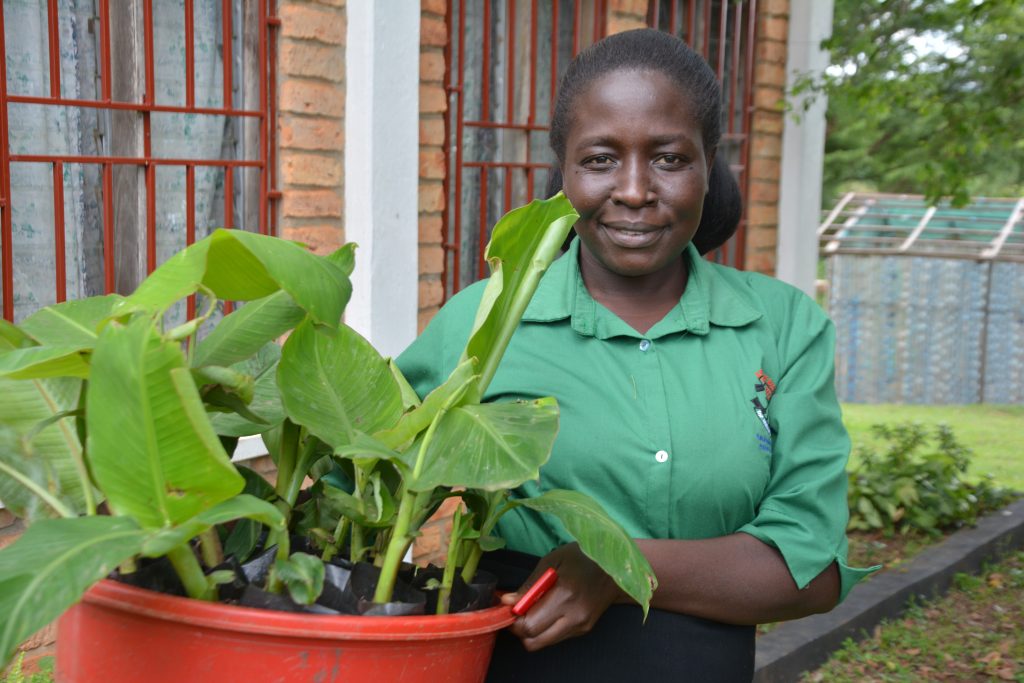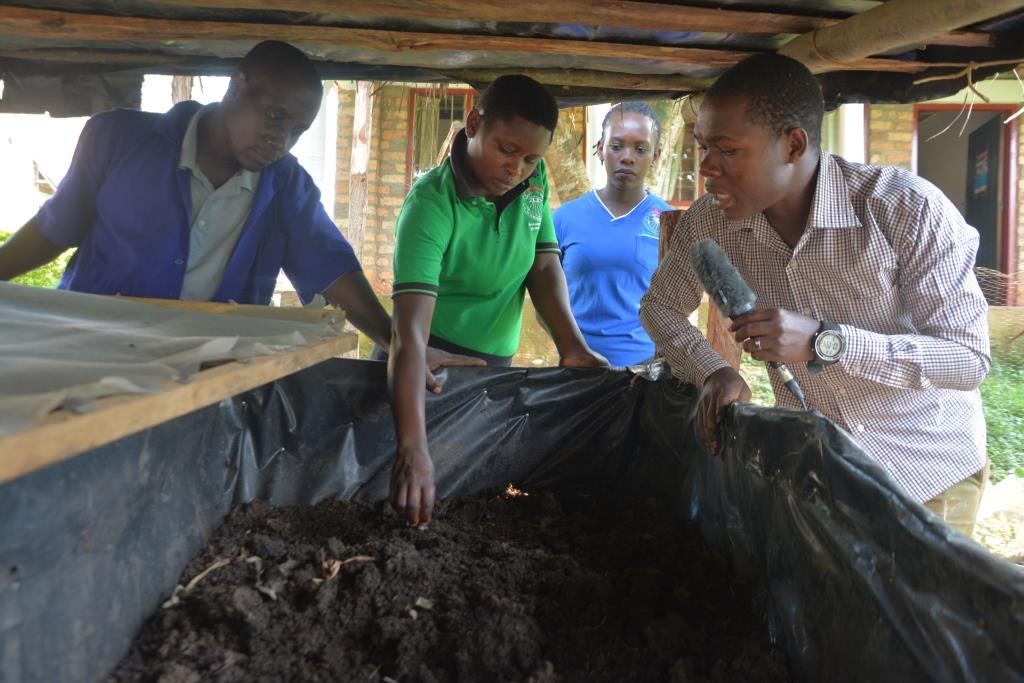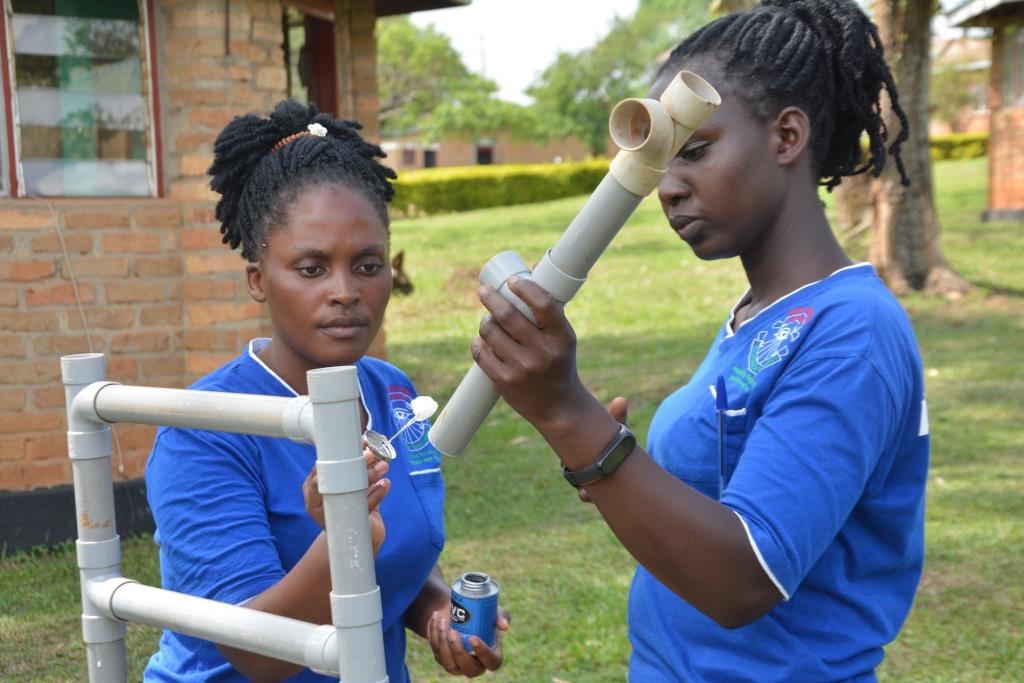Latest posts by Kiiza Nobert (see all)
- Celebrating the Life and Legacy of Silvana Franco Veltkamp - January 19, 2024
- Graduates of URDT Institute join the rest of the participants at the EXCO showcase at Helipad, Serena Hotel - November 23, 2023
- District Stake holders Applaud URDT-I for transforming youth into responsible citizens - November 21, 2023

